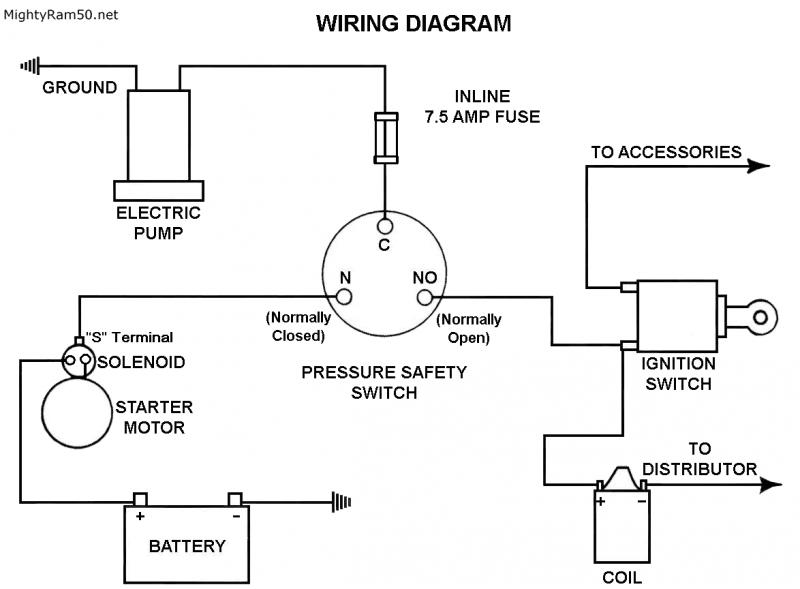Nater Potater
Well-Known Member
- Oct 19, 2020
- 2,646
- Boat Info
- 1992 300DA Sundancer
- Engines
- Twin Merc Alpha I Gen II I/O's with 5.7 V8's
The purple wire to the + post on the coil should be coming from the ignition switch which feeds 12V to the coil and alternator, so it should also support powering the choke heater. Either way, the electric fuel pump really should have the three-way oil pressure switch that @hughespat57 mentioned back in post #2. That way, the fuel pump will run while cranking, and again once oil pressure is developed.

Unsure why someone would run a braided hose from the fuel separator to the carb, other than it looks cool. If approved; fine. If not, please get something back in there that is. When your boat catches fire, you can't just pull off the side of the road and step away as it burns to the ground. Yes, I'm sounding like a broken record...

Unsure why someone would run a braided hose from the fuel separator to the carb, other than it looks cool. If approved; fine. If not, please get something back in there that is. When your boat catches fire, you can't just pull off the side of the road and step away as it burns to the ground. Yes, I'm sounding like a broken record...



